 Chuck Dowdell, Launch Complex Manager Rocket Lab’s Mahia launch site gave a very interesting and informative talk on Rocket Lab’s NZ operation aided by a power point presentation and some short videos.
Chuck Dowdell, Launch Complex Manager Rocket Lab’s Mahia launch site gave a very interesting and informative talk on Rocket Lab’s NZ operation aided by a power point presentation and some short videos. Chuck grew up in Napier and attended Napier Boys High School. After a 22 year career in the NZ Army where he attained a Masters in Transport Management through Lincoln University,
Chuck ran a transport company in Christchurch. He spent a couple of years contracting in Afghanistan and Iraq before returning to Napier where he was the State Highway Manager for the NZ Transport Agency for five years and dabbled in rabbit farming
He was then recruited by Rocket Lab to work with processes and infrastructure at the Mahia site where the technical staff has grown from 5 to 15 over the past two years, with further growth needed as the frequency of launches increases. Mahia was chosen as the optimal launch site as it has the widest launch azimuth, low aircraft and sea traffic and a small population around the site.
To-date they have had nine successful launches with the next flight late November - carrying payloads weighing up to 180kg consisting of between one and 13 satellites. They are currently launching monthly and working towards fortnightly and eventually weekly launches. A second launch pad will be built to enable the greater frequency.
Chuck gave some detail of the different stages of the electron rocket they use to launch the satellites which can be a small as a shoebox. They have placed 40 satellites in orbit in 9 launches. The satellites are primarily to collect data, improve communication, provide GPS and earth imaging. The technology used in the satellites is evolving very quickly and most have a relatively short life span. They are mostly in a low earth orbit around 500kms but have launched as far as 1200kms. On any launch a number of satellites can be placed in different locations.
The rocket are manufactured in Auckland, transferred to Mahia in 2x40ft containers and assembled on site. The launches are controlled from the Global Mission Control Centre in Auckland but there is also a Range Control Centre about 3kms from the launch site.
The later stages of the rocket burn up on re-entry but stage 1 of the rocket currently falls back into the sea approximately 600 kms out. Rocket Lab is currently exploring ideas to recover this stage by slowing its descent with parachutes and snagging it with a helicopter flown from a vessel.
Chuck also explained the launches can be best watched online but if you wanted to see it live there is a short lag of about 20 seconds.
Further information on the company and space programme can be found on the Rocket Lab website
